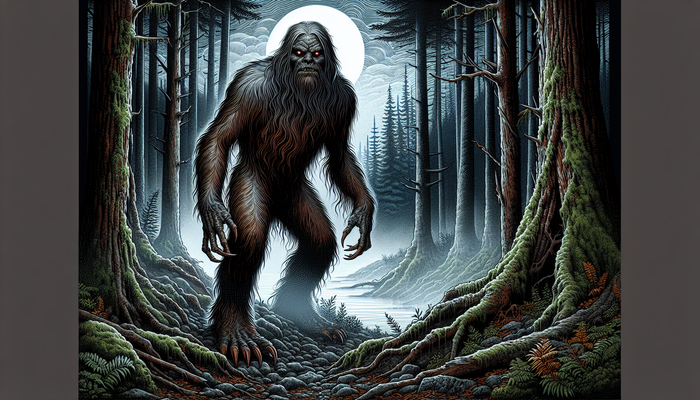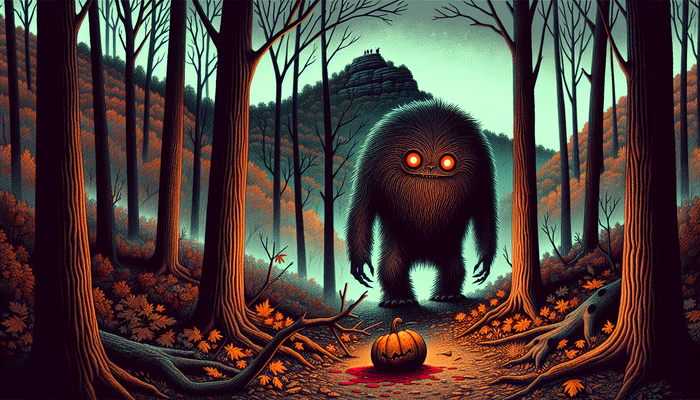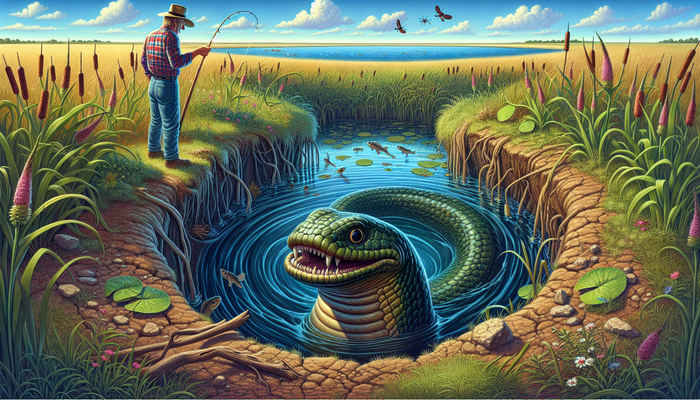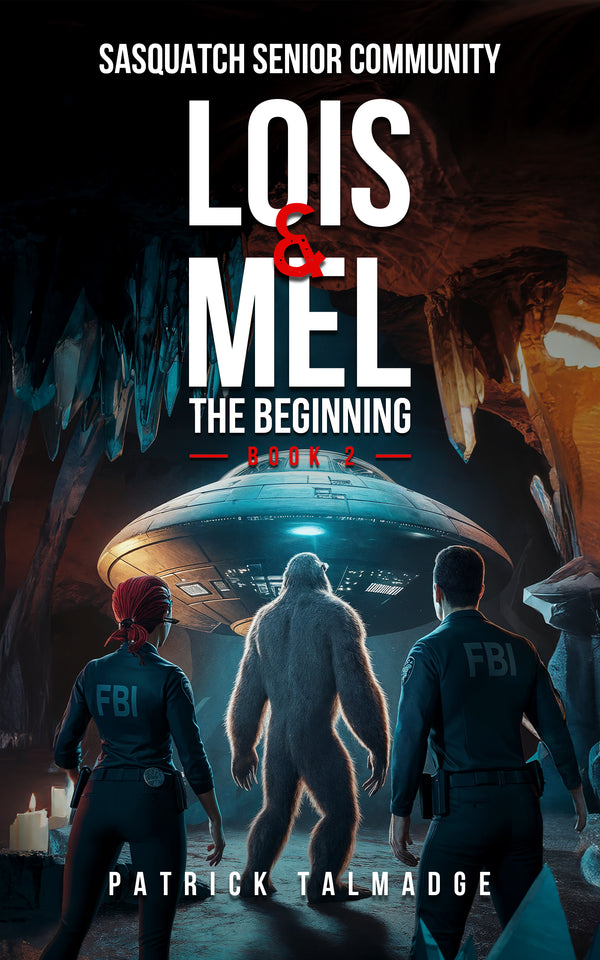A Deep Dive into the World of Cryptids
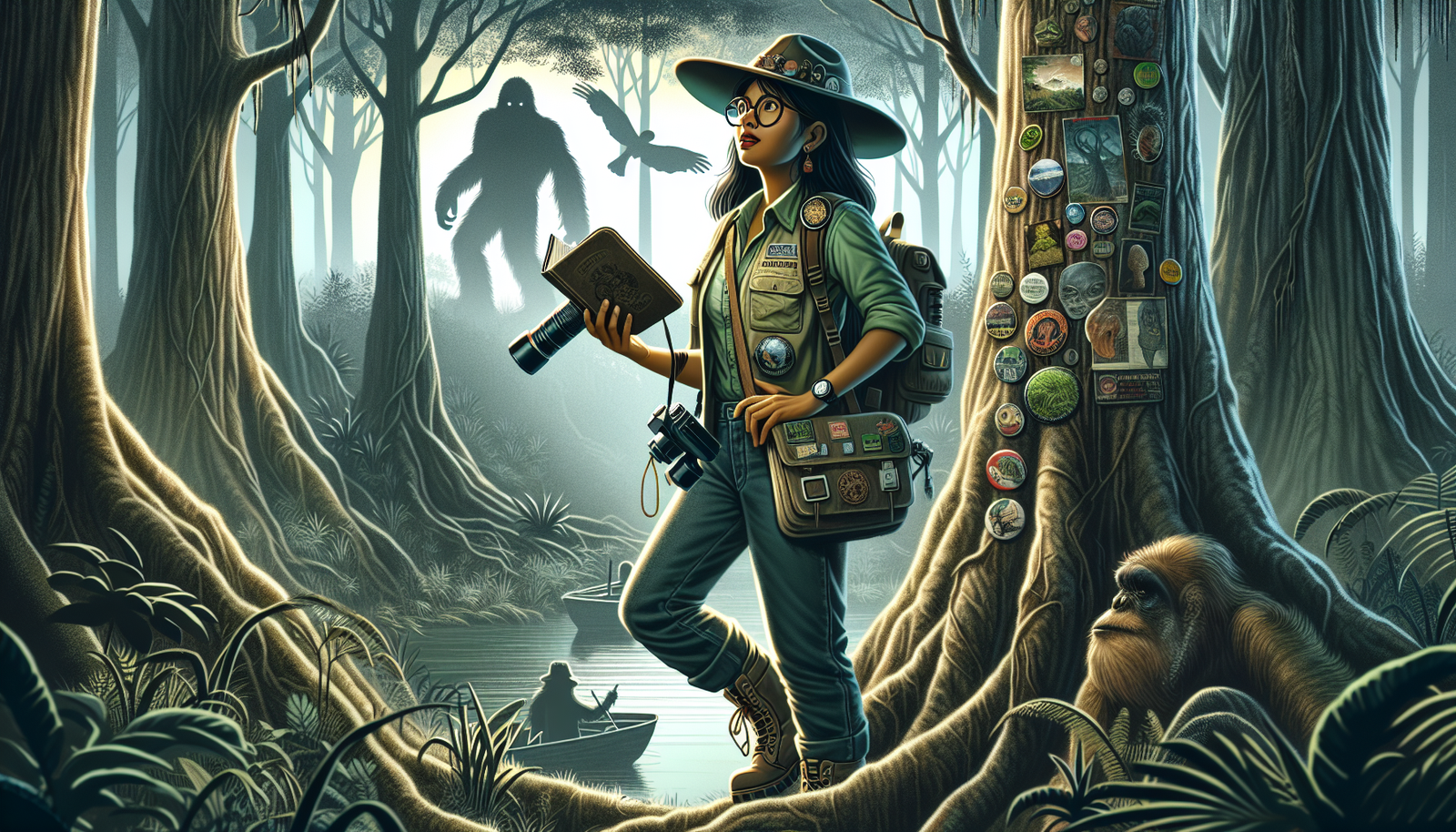
Lucas Jennings, Cryptozoologist and Adventurous Naturalist
Introduction
Imagine a world where the line between myth and reality blurs, where creatures of legend roam unseen in the shadows. This is the realm of the cryptids, those elusive beings that straddle the boundary between fiction and fact. Cryptids are creatures whose existence is suggested but not yet scientifically proven. The study of these evasive animals is known as cryptozoology, an interdisciplinary field drawing from folklore, zoology, anthropology, and more. In this article, I will plunge into the captivating world of cryptids, examining the evidence, the skepticism, and the enduring quest to uncover the truth about these mysterious entities. There are debates to be had, discoveries to be made, and adventures to be taken. Will you join me?
The Allure of the Unknown
Our fascination with cryptids spans cultures and generations. Tales of strange creatures have appeared in myths and legends around the world, from Bigfoot in the Pacific Northwest to the Yeti of the Himalayas. Psychologically, cryptids allow us to indulge our fears of the unknown while feeding our desire for magic and mystery. They represent the unexplored corners of our world where our imaginations can run wild.
Culturally, cryptids have become ingrained in many communities, influencing local economies and tourism. In Scotland, the elusive Loch Ness Monster draws thousands of visitors each year, hoping to catch a glimpse of “Nessie.” Point Pleasant, West Virginia has embraced the Mothman as a central part of its identity. Cryptids offer us a sense of wonder, an escape from the mundane, and the thrill of a good campfire story. For some, the search for cryptids is not just a hobby - it's a way of life.
The Cast of Cryptids
The pantheon of cryptids spans the imaginative gamut. Internationally renowned cryptids like Nessie, Bigfoot, and the Yeti have reached celebrity status. Then there are regional cryptids known only to locals, from the honey island swamp monster of Louisiana to the snallygaster of Maryland. Some cryptids were once dismissed as myth but later confirmed, like the platypus, while others like the coelacanth were thought extinct for millions of years before being rediscovered.
The Loch Ness Monster is arguably the world’s most famous cryptid, with a history of sightings dating back 1500 years. Reports typically describe a large creature with a long neck emerging from the depths of Loch Ness. Bigfoot, also known as Sasquatch, is an ape-like beast said to roam the forests of North America. Described as a massive, hairy biped, countless eyewitness accounts and questionable evidence like the Patterson-Gimlin film have bolstered its status. The Yeti is a similar creature residing in the Himalayas, surrounded by Tibetan folklore. Other renowned cryptids include the Chupacabra, a vampiric animal first reported in Puerto Rico, and the Jersey Devil, a winged horse-like beast prowling the New Jersey Pine Barrens.
Cryptozoology: The Science of the Shadows
The interdisciplinary field of cryptozoology combines elements of anthropology, zoology, paleontology, and folklore. Cryptozoologists collect eyewitness accounts, study historical records, and even search for physical evidence to evaluate the possibility that legendary creatures may exist. Skeptics argue their standards of proof are lacking compared to mainstream science. But cryptozoologists believe conventional approaches fail to account for animals that avoid detection. Prominent figures like Bernard Heuvelmans, the “father of cryptozoology,” have developed frameworks for analyzing anecdotal cryptid data.
Gathering conclusive evidence remains an immense challenge. Photos and videos can be dismissed as fakes, and samples like hair or feces are difficult to definitively link to unknown creatures. Most scientists demand a live or dead specimen before confirming a cryptid. Without a living Bigfoot or carcass of a Loch Ness Monster, debates rage on between believers and skeptics. Still, the prior discovery of once-mythical animals like gorillas and okapis keeps hope alive that more fantastic beasts await discovery.
Encounters and Evidence
Stories of cryptid sightings are the lifeblood of cryptozoology. Indigenous folklore, local legends, and eyewitness accounts have inspired cryptozoologists for generations. But anecdotal evidence alone cannot conclusively prove a cryptid's existence. More objective evidence is needed, like footprints, hair samples, and photographs.
The Patterson-Gimlin film, showing a large bipedal creature, is considered one of the best pieces of video evidence for Bigfoot. Physical evidence like the Yeti scalp and various Loch Ness Monster photographs have been revealed as fakes or misidentified animals. With the advent of better cameras and tools like DNA analysis, gathering high-quality cryptid evidence is becoming more feasible. Still, definitive proof remains elusive. Cryptozoologists must continue meticulously compiling clues until the day when science can finally confirm or refute the existence of a legendary cryptid.
Conservation and Ethical Considerations
The potential discovery of new species also comes with ethical responsibilities. Cryptozoologists must ensure their research has minimal environmental impact. Tracking cryptids requires disturbing delicate ecosystems. Conservation, not exploitation, should be the priority. Indigenous communities must also be respected. Legends of local cryptids are often integral to their cultural heritage. Cryptozoologists should listen to indigenous perspectives rather than imposing external assumptions. When conducted thoughtfully, cryptozoology can actually further conservation efforts. By searching for rumored creatures, cryptozoologists have brought attention to delicate habitats and unique wildlife worthy of protection.
The Cryptozoological Community
United by curiosity, the cryptozoology community is more diverse than many realize. Their unifying trait is open-mindedness, not blind belief. Some members take a scientific approach, wanting irrefutable proof before acknowledging a cryptid as real. Others are convinced certain cryptids exist based on anecdotal evidence. Most lie somewhere in between - "hopeful skeptics" who critically analyze cryptid data while acknowledging the limitations of current science.
Passionate amateurs mingle with Ph.D. biologists at cryptozoology conferences and events. Online forums allow enthusiasts to share theories and sightings globally. A sense of adventure and wonder binds this community together. Members understand that humanity has not yet solved all the mysteries of our planet. The search continues, fueled by curiosity and a shared yearning for magic in the mundane. While often considered fringe science, cryptozoology inspires a spirit of open-minded inquiry that may lead to unexpected discoveries.
The Quest Continues
Technological advances are equipping cryptozoologists with better tools to gather evidence and validate eyewitness accounts. Camera traps and drones allow broader surveillance of remote habitats. Environmental DNA analysis can detect trace biological evidence left behind by elusive creatures. Social media enables witnesses to instantly share sightings and collaborate. But technology is no silver bullet. Hoaxes still abound, evidence remains ambiguous, and scientists demand high-quality proof before confirming a cryptid.
As the world loses biodiversity, one optimistic view is that undiscovered creatures may still dwell in the wilds. Earth's remaining wilderness could harbor a few spectacular surprises. Cryptozoologists believe open-minded, ethical exploration can uncover hidden ecosystems, unknown species, and perhaps even legendary beasts written off as fantasy. The quest continues as it has for generations - not to vindicate myth, but to push the boundaries of discovery. There are still mysteries left in this world, and for some, the search for answers is just too tempting to resist.
Conclusion
The enigma of cryptids has haunted our collective imagination for centuries. Like any great mystery, they lure us with promises of discovery while evading definitive proof. Their persistence challenges our confidence that the natural world holds no surprises left. Cryptozoology offers a path to tread the razor's edge between myth and science, where one compelling piece of evidence can rewrite natural history. Not all cryptozoologists expect to find a Bigfoot or Loch Ness Monster. But their relentless curiosity embodies humanity's eternal drive to explore the unknown and expand the boundaries of knowledge. Though cryptids dwell in shadow, our eagerness to shine a light of understanding persists, leading us on a never-ending quest through nature's uncharted realms. The truth is out there for those intrepid enough to search for it.
From Bigfoot to UFOs: Hangar 1 Publishing Has You Covered!
Explore Untold Stories: Venture into the world of UFOs, cryptids, Bigfoot, and beyond. Every story is a journey into the extraordinary.
Immersive Book Technology: Experience real videos, sights, and sounds within our books. Its not just reading; its an adventure.



